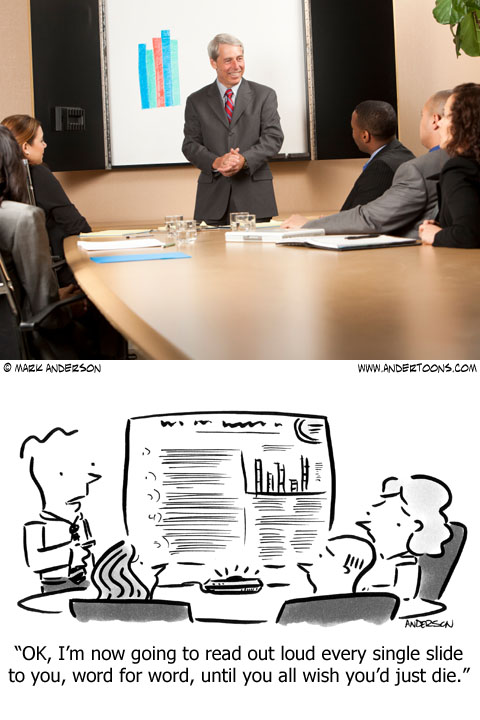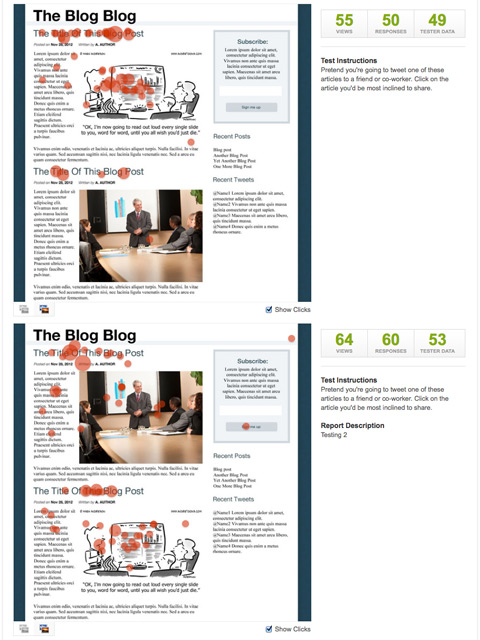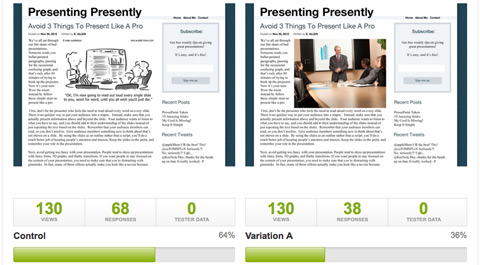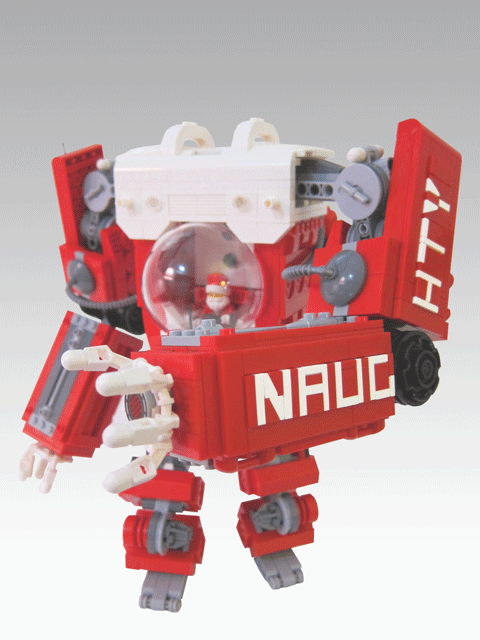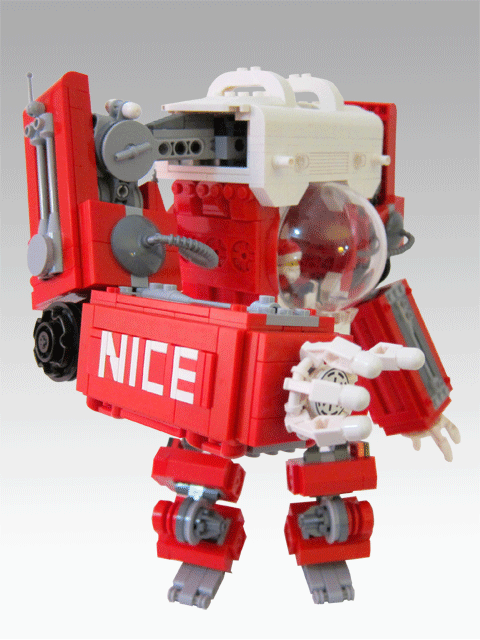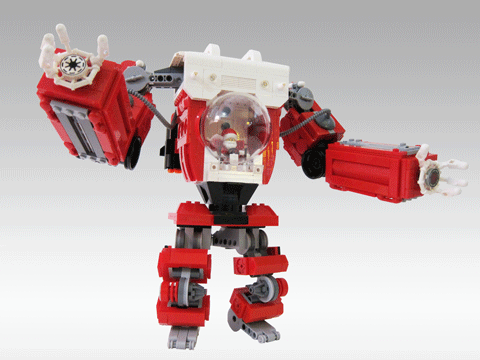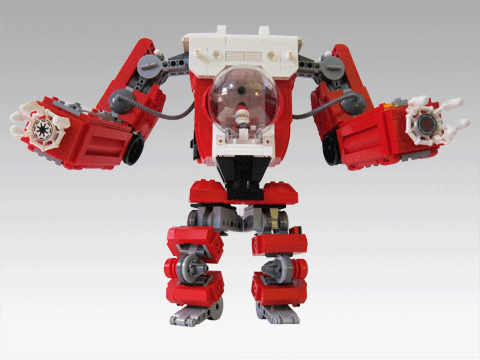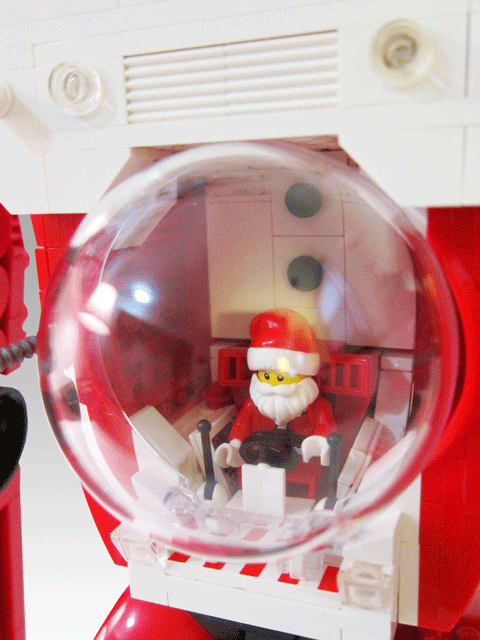I made a lot of changes to Andertoons in 2012 – a new site design, a new database, cartoon subscriptions – but one of the changes I was most curious about was a big change in the blog.
I started blogging over 8 years ago to boost my SEO and it’s worked well. Initially the blog was all about cartoons and cartooning, but after a few years I felt like I was running out of material. So I switched it up and began writing lots of short posts (often just an image with a sentence or two) on a wider variety of topics. For a good while I was posting every day:
- Monday – Music
- Tuesday – Cartoons
- Wednesday – LEGO
- Thursday – Comics
- Friday – Small Business Trends
Then I started hearing about Google Panda and how it was devaluing sites with thin content and I got nervous. Not only had I created a lot of almost content-less pages, many of them had little or nothing to do with cartoons. (Don’t bother looking for them, they’re not there anymore.)
So in 2012 I decided to blog longer, richer, cartoonier content just once a week to see what happened. I added a monthly How To Draw feature, some video, some inside baseball on cartooning, and kept the occasional LEGO project. And now that we’re moving into 2013 I thought it would be fun to check back in and see how it went:
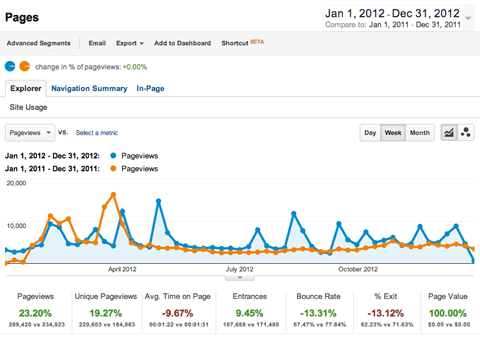
When you compare 2012 to 2011 for all pages containing “/cartoon-blog/”, total pageviews increased 23%, and unique pageviews increased 19%.
And when you look at only the blog’s home page it gets better:

2012 pageviews up 33%, and uniques up 34%. Not bad.
Now, to be fair, changing the length and frequency of my blogs wasn’t the only blog-related change I made. I also began tweeting about my weekly post once a day (thanks, Buffer & Tweriod!), and I emailed other relevant sites I thought might be interested. (Neatorama, you’re the best!)
And it seems to be working. Traffic from Twitter jumped 1189% (!) over 2011 and I also increased my total number of referrers by 15%.
I think what I’ve enjoyed seeing most is the change in the kinds of popular content.
The top blog posts from 2011:
- LEGO Robot Santa Claus
- LEGO Alphabet Spaceships A-Z
- Blog Home Page
- SuperFriends Action Valentine Playbook
- Erin Gray… Sigh… (from 2007)
- LEGO Batman iPhone (from 2009)
- Real Princesses (from 2009)
- Donald Duck’s Family Tree (from 2009)
- No Wonder Ken Digs Her (from 2006)
- Preston Blair Walk Cycle (from 2009)
That’s very little real cartoon content, and, unless you count the home page, no content about Andertoons. (And the last six aren’t even posts from 2011!) Now let’s look at the top blog posts from 2012:
- Blog Home Page
- How To Draw A Cartoon R2D2
- How To Draw a Cartoon Bunny
- LEGO Alphabet Spaceships A-Z (From 2011)
- How to Draw a Cartoon Shark
- LEGO Robot Santa Claus (From 2011)
- How To Draw Batman
- How To Draw A Cartoon Leprechaun
- Adding a Cartoon (Or Any Other Image) To Your iBook in iBooks Author
- MetLife Cartoon Superbowl Commercial – Characters, Errors & Where Waldo Is
There’s a lot more there that highlights me as a cartoonist, and only 2 posts aren’t from 2012. (Thanks to Ian at Portent for the HTD idea!) That’s a definite improvement!
So to sum up, blogging less often but more deeply, and reinforcing posts elsewhere helped traffic on the blog and business overall dramatically. Good job, me!
But 2013 is just about here! What will I do with the blog this year? You’ll just have to come back and see!



